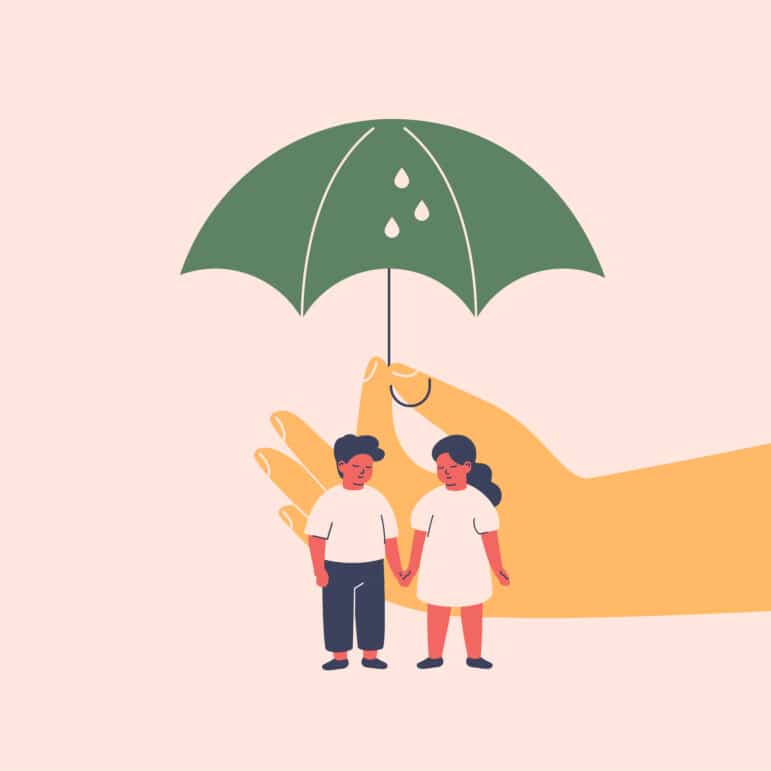Welcome to the APHSA blog! The Catalyst encourages the exchange of creative ideas and promising initiatives to strengthen the human services sector and accelerate our collective impact. Featuring content from members, partners, and staff, our blog posts focus on what it takes to build well-being from the ground up. We encourage you to read, comment, and share!












